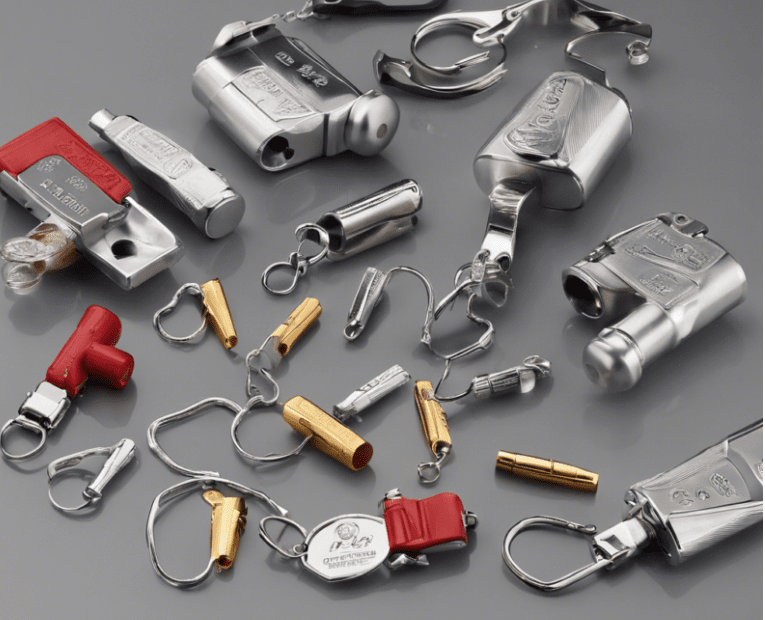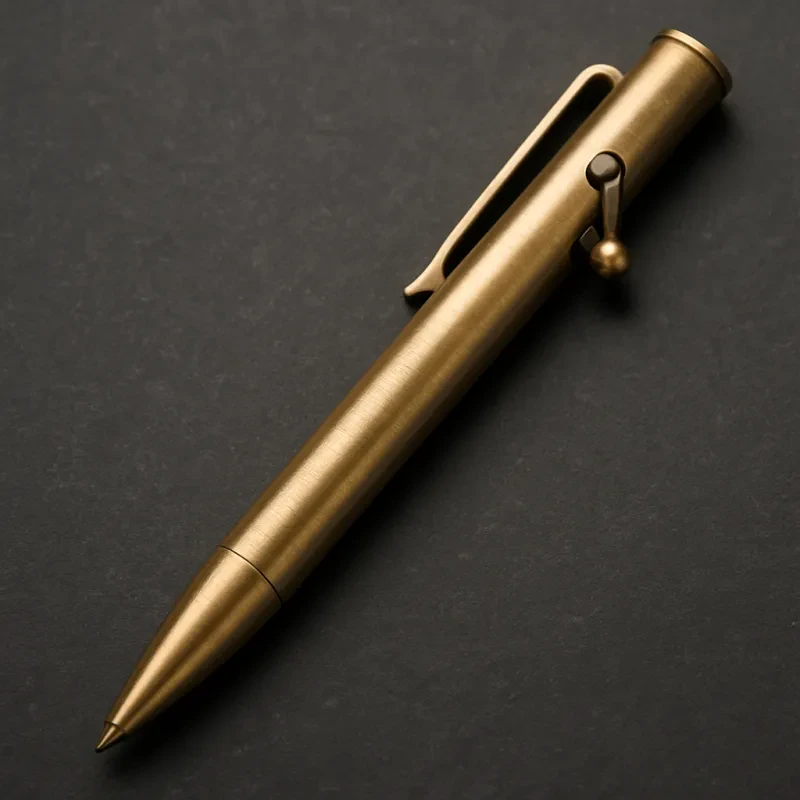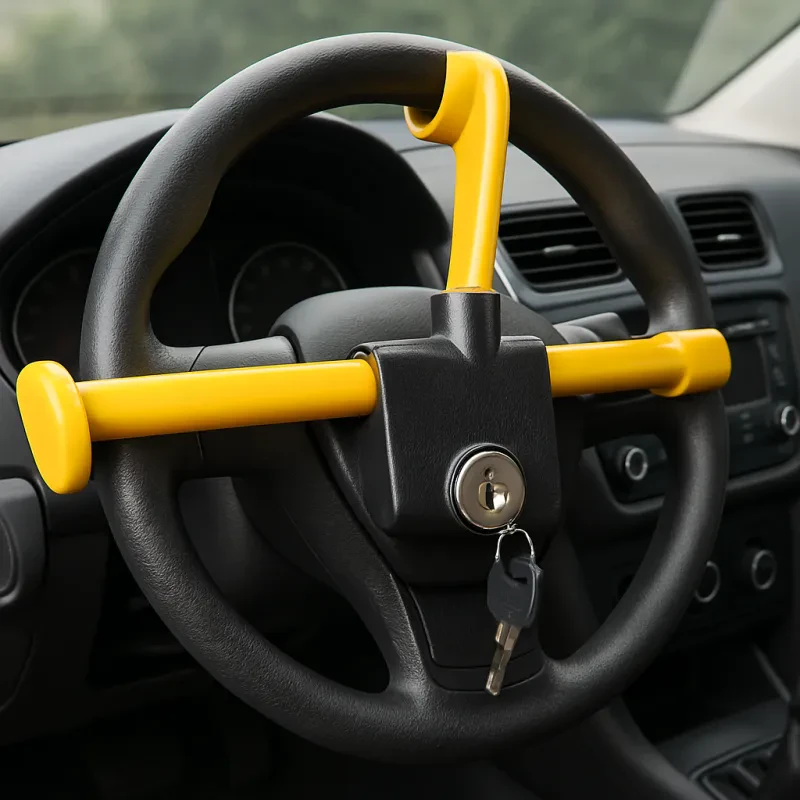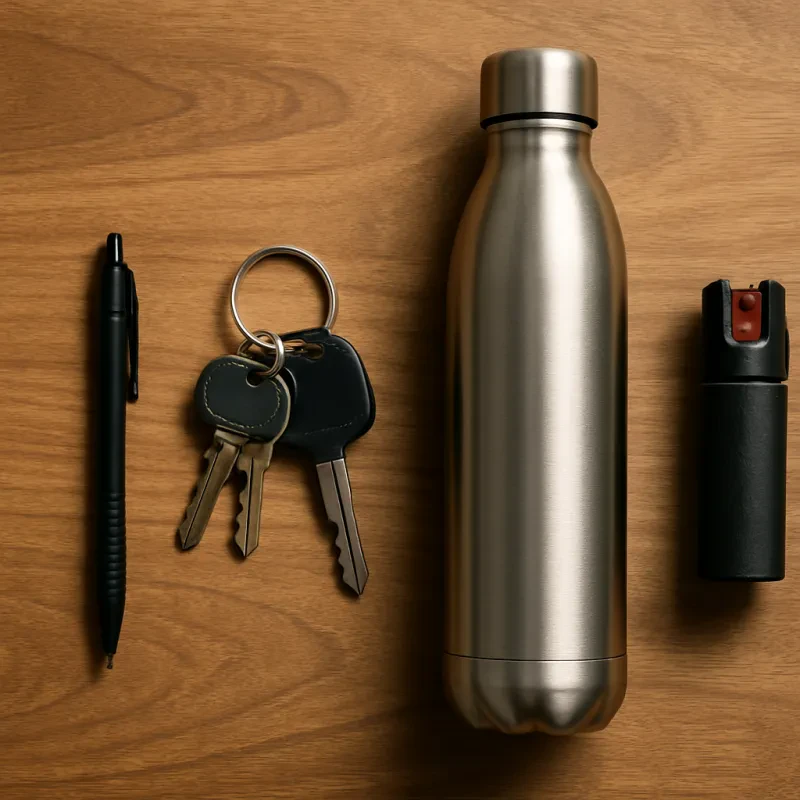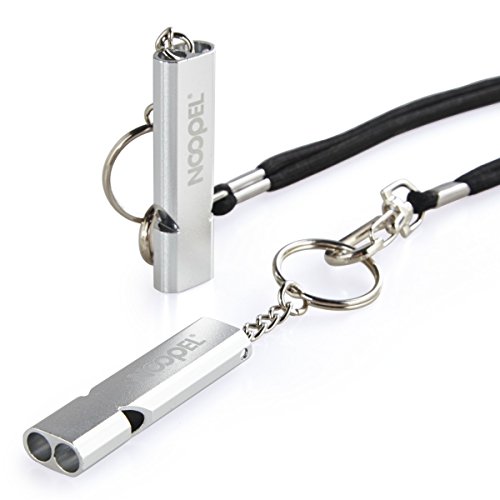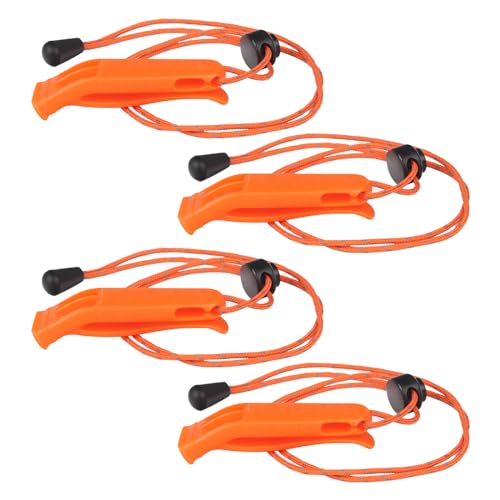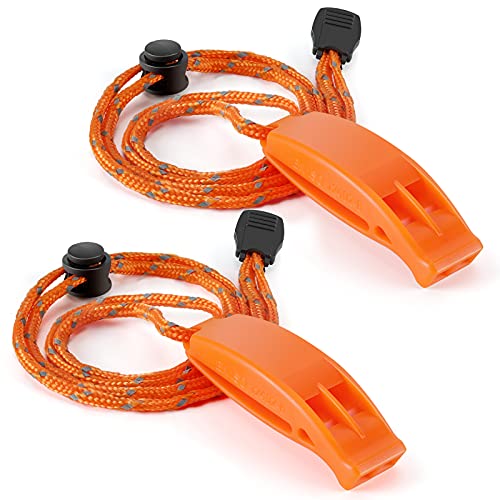Understanding the Importance of Safety Whistles
Safety whistles are an indispensable tool for personal security, providing a simple yet effective means of signaling for help in a variety of situations. Whether you are an outdoor enthusiast, a city dweller, or someone looking to enhance their personal safety measures, a whistle can be a crucial addition to your safety kit. Let’s delve into the scenarios where a safety whistle proves to be invaluable.
During outdoor activities like hiking, camping, or mountaineering, the risk of getting lost or injured is ever-present. In such scenarios, a safety whistle can be a lifesaver. Its loud, piercing sound can travel over long distances, making it easier for rescuers to locate you even in dense forests or rugged terrains. The whistle’s simplicity and reliability ensure that it functions effectively without the need for batteries or complex mechanisms, making it an ideal tool for emergency situations.
In urban settings, the importance of a safety whistle cannot be overstated. Personal protection is paramount, and a whistle serves as an excellent deterrent against potential threats. If you find yourself in a situation where you feel unsafe, a quick blow on the whistle can draw immediate attention and potentially scare off attackers. Its compact size allows you to carry it conveniently on your keychain, in your handbag, or even around your neck, ensuring it is always within reach.
Emergency situations, whether natural disasters or man-made crises, also highlight the need for a reliable signaling device. Safety whistles can alert rescuers to your location when trapped or injured, especially when other communication methods fail. Unlike electronic devices that might malfunction or run out of power, a whistle’s mechanical simplicity ensures it works when you need it most.
Overall, the advantages of using a safety whistle over other signaling devices are clear. Its simplicity, reliability, and ease of use make it an essential tool for personal security. Whether navigating the great outdoors, seeking protection in urban environments, or facing emergency situations, a safety whistle stands out as a vital component of any safety strategy.
Key Features to Look for in a Safety Whistle
When selecting a safety whistle, it is crucial to consider several key features that contribute to its effectiveness in emergency situations. The material of the whistle, such as plastic or metal, plays a significant role in its durability and usability. Plastic whistles are generally lightweight and resistant to corrosion, making them suitable for various weather conditions. Metal whistles, on the other hand, offer robustness and longevity but may be prone to rust if not properly maintained.
The design of the whistle is another critical factor to consider. Whistles can be categorized into two main types: pea and pea-less. Pea whistles contain a small ball inside that generates a trilling sound when blown. However, they can become clogged with moisture or debris, rendering them less reliable in certain conditions. Pea-less whistles, which do not contain a ball, produce a high-pitched, consistent sound that is less likely to be impeded by environmental factors, making them a more dependable choice for safety and security.
Sound level, measured in decibels (dB), is essential for ensuring the whistle can be heard over long distances and through ambient noise. A sound level of 100 dB or higher is recommended for maximum effectiveness, as it ensures the whistle’s sound can pierce through background noise and reach potential rescuers or alert others to your presence.
Durability and weather resistance are also paramount. A good safety whistle should withstand harsh conditions, from extreme cold to intense heat, and remain functional even when exposed to water. Look for whistles that are advertised as waterproof or weather-resistant to ensure they can perform reliably in diverse environments.
Lastly, the visibility of the whistle is an often-overlooked yet vital feature. Opt for whistles with bright colors or reflective elements, making them easier to locate during an emergency. A whistle that can be quickly found and accessed can make a significant difference in critical situations where time is of the essence.
Top Recommended Safety Whistles on the Market
When it comes to safety and security, choosing the right whistle can make a significant difference. Several models stand out due to their effectiveness and reliability. Evaluating these options based on loudness, ease of use, and durability will help in making an informed decision. Here, we review some of the top safety whistles available on the market.
The Fox 40 Classic is a popular choice among professionals and outdoor enthusiasts. Known for its pealess design, the Fox 40 Classic can produce a sound of up to 115 decibels, making it one of the loudest whistles available. Its durable, waterproof construction ensures it performs well in various conditions, from rain to snow. Users appreciate the ease of use; however, some find it slightly bulky to carry around.
Another highly recommended option is the Storm Safety Whistle. This whistle is often praised for its unparalleled loudness, reaching up to 130 decibels. Its unique design allows it to be heard over long distances and through barriers such as walls and water. The Storm Safety Whistle is robust and can withstand harsh environments, making it an excellent choice for maritime activities. Some users, however, mention that its size can be cumbersome for everyday carry.
The Acme Tornado 2000 offers a balance between loudness and portability. Producing a sound level of about 122 decibels, the Acme Tornado 2000 is both powerful and compact. Its pealess mechanism ensures consistent performance and reliability, even when wet. Users highlight its sleek design and the convenience of carrying it around, although a few have pointed out that it requires a bit more effort to blow than other models.
For those looking for a whistle with added features, the Shoreline Marine Emergency Survival Whistle is worth considering. This model includes a built-in lanyard and clip for easy attachment to gear or clothing. It produces a sound of approximately 120 decibels and is designed to be heard over long distances. The whistle’s lightweight and compact size make it ideal for various activities, from hiking to boating. However, some users note that it may not be as durable as other high-end models.
In conclusion, selecting the best safety whistle depends on individual needs and preferences. Whether prioritizing loudness, durability, or ease of use, there are excellent options available to ensure safety and security in various situations. By considering the features and user experiences of these top-recommended whistles, finding the ideal model becomes more manageable.
Tips for Effective Use and Maintenance of Safety Whistles
Using a safety whistle effectively can make a significant difference during an emergency. To maximize sound output, it is crucial to blow the whistle with short, sharp bursts. This technique ensures that the sound carries further and is more likely to attract attention. Holding the whistle firmly and ensuring a proper seal around the mouthpiece can also enhance its efficiency. In situations where noise levels are high, consider using the whistle in combination with hand signals or other visual cues to ensure your distress call is noticed.
Carrying a safety whistle in an easily accessible location is essential for quick deployment. Attach it to a keychain, lanyard, or the strap of a backpack to ensure it is always within reach. For those who engage in water activities, using a waterproof whistle and securing it to a life jacket or swim gear is advisable. Regularly check the attachment points to ensure the whistle remains securely fastened and ready for immediate use.
Training both children and adults on how to use a safety whistle can significantly improve its effectiveness. Conduct regular drills to familiarize everyone with the sound of the whistle and the appropriate responses. Teach children to blow the whistle only in genuine emergencies and to follow the predetermined safety protocols. For adults, practicing in different environments can help in understanding how varying conditions can affect the whistle’s sound travel.
Maintaining a safety whistle is straightforward but essential to ensure it remains functional. Regularly inspect the whistle for any signs of wear and tear or damage. Clean the whistle periodically using mild soap and water to remove dirt and debris that could obstruct the sound. Ensure the whistle is thoroughly dried before storage to prevent moisture damage. Store the whistle in a dry, cool place away from direct sunlight to maintain its integrity over time.
By following these tips, you can ensure that your safety whistle remains a reliable tool for signaling distress and enhancing your security in various situations.
